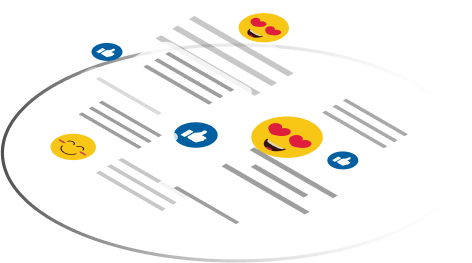In the fast-paced world of Artificial Intelligence (AI) and Data Science, one library consistently stands out for its power, simplicity, and versatility — Pandas. Whether you're cleaning messy data, analyzing trends, or feeding structured data into machine learning models, Pandas makes it all easier.
1. What is Pandas?
Pandas is an open-source Python library built for data manipulation and analysis. It provides fast, flexible, and expressive data structures like:
- Series: A one-dimensional labeled array.
- DataFrame: A two-dimensional table with labeled rows and columns (like Excel or SQL).
It’s built on top of NumPy and is ideal for structured data manipulation in AI workflows.

2. Why is Pandas Important in AI?
Before training any ML model, data must be cleaned and structured — this is where Pandas excels. It enables tasks like:
- Loading data from CSV, Excel, JSON, SQL, etc.
- Cleaning and preprocessing
- Handling missing values
- Feature engineering
- Data exploration and visualization
Pandas simplifies all these steps, ensuring high-quality input for accurate AI models.
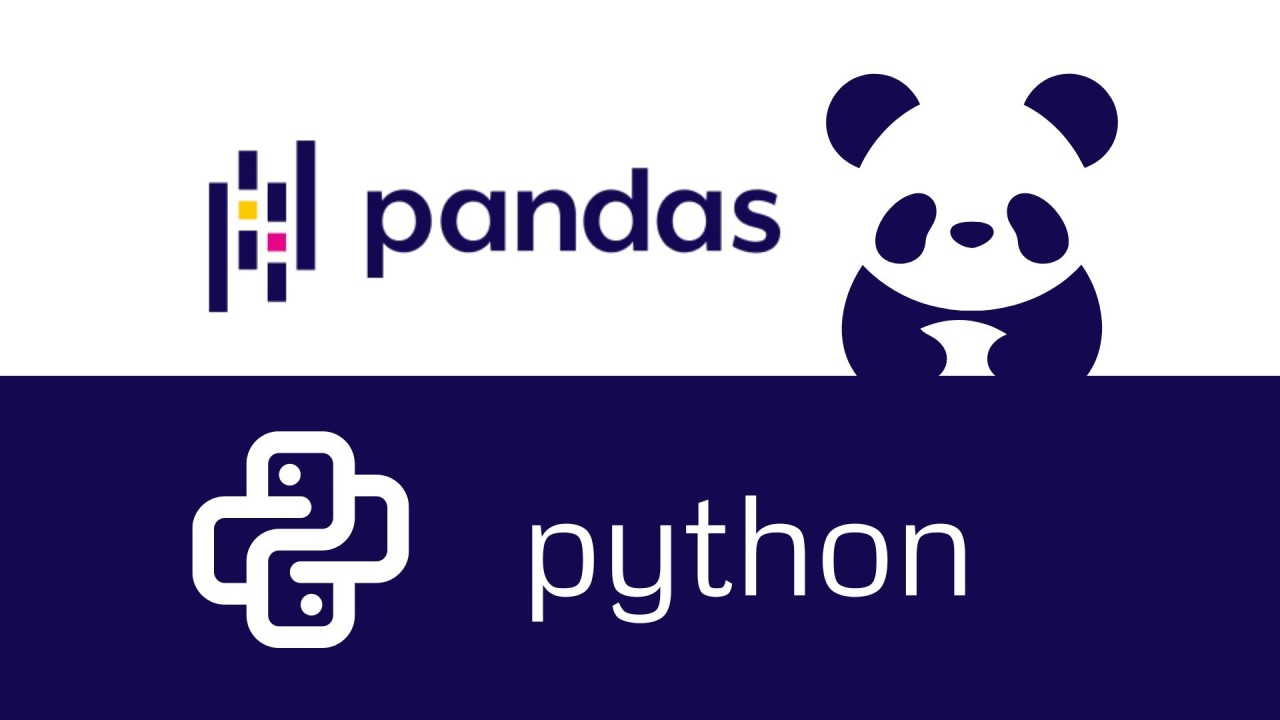
3. Key Features of Pandas
- Easy data filtering, sorting, merging, and reshaping
- Label-based and index-based selection with
.loc[]and.iloc[] - Handle missing data and duplicates
- Powerful grouping and aggregation
- Time series support and resampling
These features make Pandas essential for AI practitioners dealing with large or complex datasets.
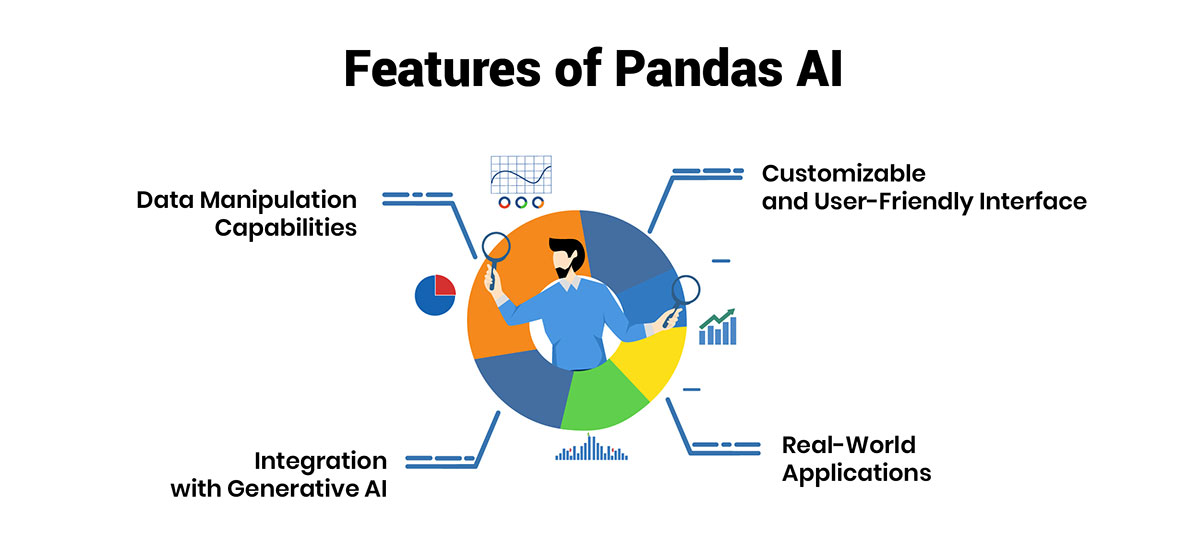
4. Hands-on Pandas Examples
Here are some basic but powerful Pandas snippets used in data science:
import pandas as pd
# Load a CSV file
df = pd.read_csv("data.csv")
# Show first 5 rows
print(df.head())
# Summary statistics
print(df.describe())
# Fill missing values
df = df.fillna(0)
# Group and summarize
grouped = df.groupby('gender')['salary'].mean()
These commands are often the first step in preparing AI datasets.
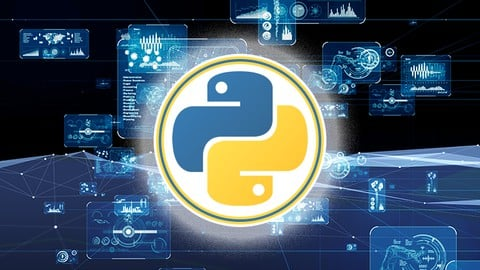
5. Real-World AI Use Cases with Pandas
- Predictive Modeling: Clean and prepare historical data
- NLP: Text preprocessing and word frequency analysis
- Computer Vision: Manage metadata of image datasets
- Recommender Systems: Aggregate user preferences
- Fraud Detection: Detect anomalies in transaction data
Pandas is foundational in nearly every data preprocessing pipeline.
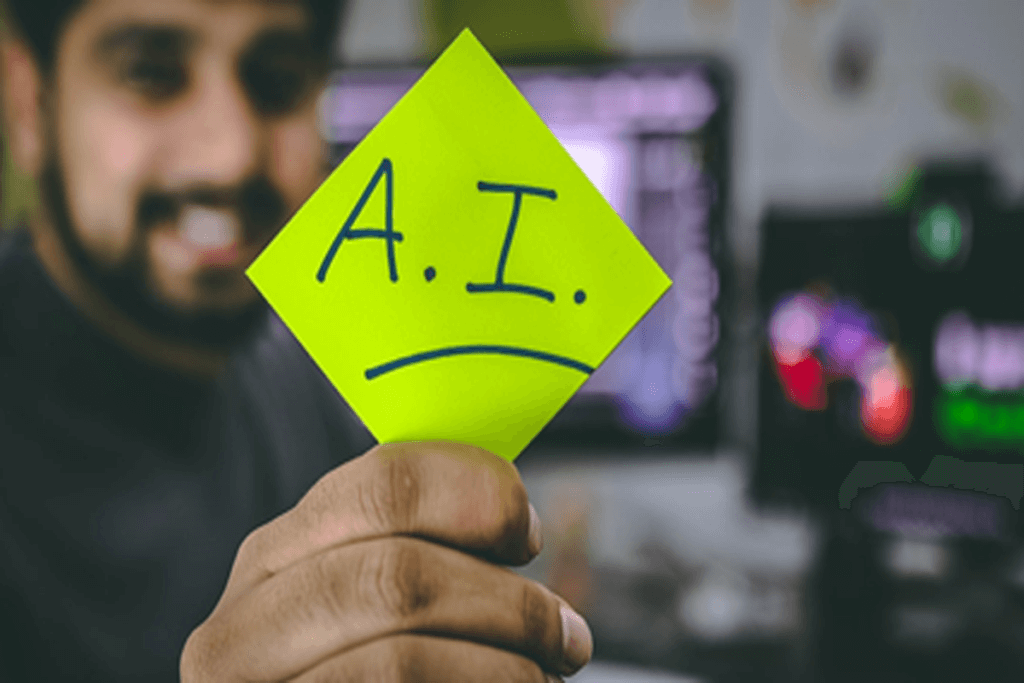
6. Pandas and the AI Toolkit
Pandas is most powerful when used with other libraries:
- NumPy – numerical computations
- Matplotlib / Seaborn – data visualization
- Scikit-learn – traditional ML algorithms
- TensorFlow / PyTorch – deep learning
- OpenCV – computer vision support
Combining these tools enables robust, end-to-end AI development workflows.

Final Thoughts
If you're starting your AI or data science journey, mastering Pandas is one of the smartest investments you can make. It’s more than a tool — it’s the language of structured data in Python, and the foundation of most modern AI workflows.

